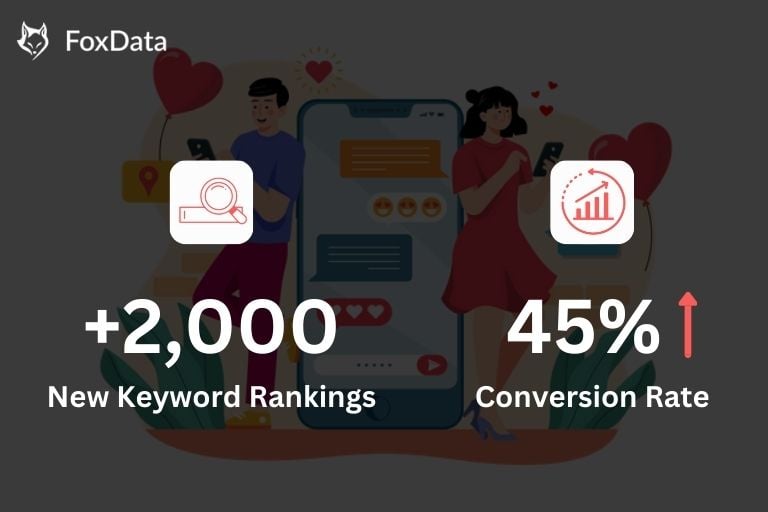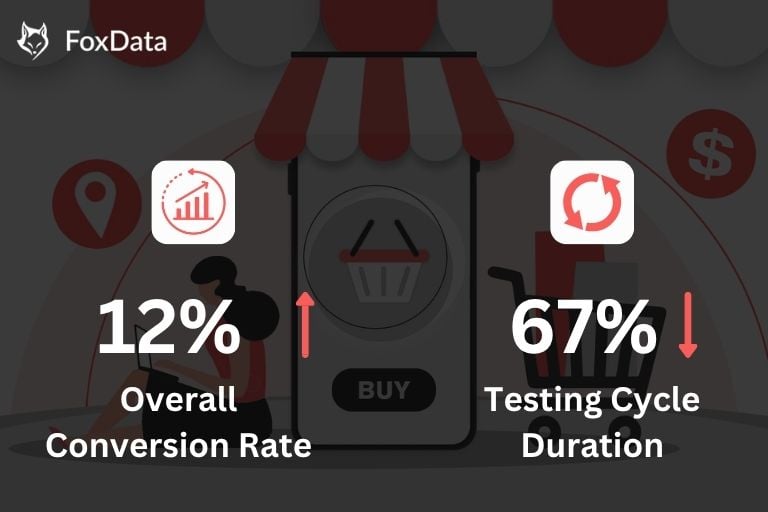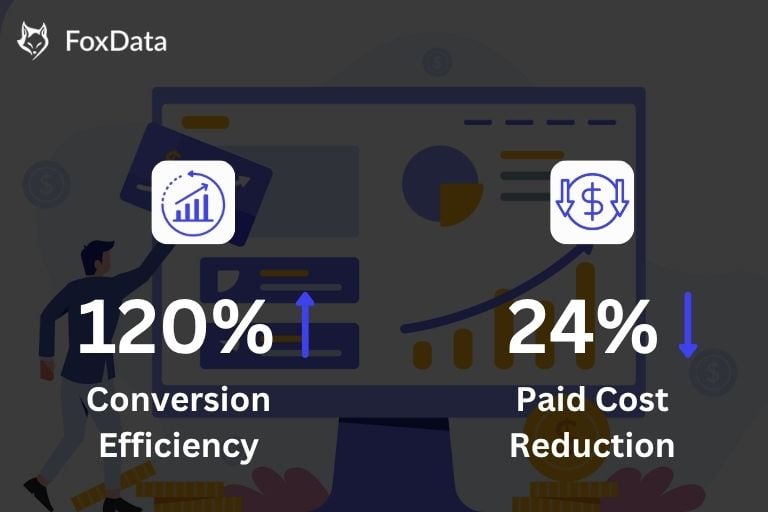How to Achieve 187% Increase in Registration Rate for a Fintech App?

The market for fintech apps is rapidly growing in recent years, driven by the increasing adoption of mobile devices, advancements in technology, and the rise of digital payments.
The global fintech market is expected to continue growing in the coming years, with a compound annual growth rate (CAGR) of 20.3% from 2021 to 2028, according to a report by Grand View Research. And the global fintech market is projected to reach $305.7 billion by 2023.
With such a promising future, the market for fintech apps is diverse and includes a wide range of products and services, including mobile banking apps, payment and money transfer apps, personal finance apps, insurtech apps, and Lending apps.
App story
Our client is a fintech loan app that provides loans to consumers and small businesses using innovative underwriting models and digital technologies.
It uses alternative data sources such as social media profiles, bank transaction history, and digital footprints to evaluate creditworthiness and make lending decisions. This allows them to offer loans to underserved or thin-file borrowers who may have difficulty accessing traditional bank loans.
With appealing features and a clean UI, along with the metadata optimization by our sister site ASO World, the app received significant downloads upon release. Check App Store Metadata Optimization Solution.
However, the team hit a growth bottleneck.
Our customers gradually found that although they had a good number of app download figures, a lot of people did not sign up after downloading, which made them lose a lot of potential users. So they came to us, hoping we could help them solve this problem. Next, we broke down the dilemma they encountered one by one.

The name of the app remains anonymous here to protect our client's privacy. To give you a better idea of the story we're sharing about the app, we're showcasing one of its competitors in the Google Play store.
Challenges
After discussion, we found that the biggest challenge this app encountered was the low conversion rate of registration. And there could be many reasons for this phenomenon, such as:
- User trust
One of the biggest challenges for fintech apps is building trust with potential users. Financial services involve sensitive personal and financial information, so users may be hesitant to provide this information to a new app or company. Users are increasingly concerned about the security of their personal and financial information. Fintech apps must ensure that they have robust security measures in place to protect user data and prevent fraud.
- Onboarding process
The onboarding process can be a major hurdle for fintech apps. Users may be discouraged by a lengthy and cumbersome registration process, or by the need to provide detailed personal and financial information.
- User experience
Fintech apps may offer a range of financial services and products, which can make their user interface and user experience complex and overwhelming for some users. It is important for fintech apps to design user-friendly interfaces and provide clear and concise instructions to guide users through the registration process.
Solutions
To address our clients' difficulties with registration rates, we have combined their current challenges with the following recommendations:
Build trust
It is not difficult to find that the biggest difficulty of fintech apps in the process of user acquisition is gaining the trust of customers. This is because compared to other categories of apps, these apps are directly bound to the actual interests of users.
Therefore, we advise our clients to highlight the value proposition in all aspects in order to gain the trust of users.
Specific methods include but are not limited to the use of social proof. Include social proof such as customer testimonials, reviews, and ratings to build trust with potential users. Social proof can help demonstrate the credibility and reliability of the app.
Simplify registration process
Second, we constantly emphasize to our users that make sure the registration process is as simple and user-friendly as possible. Avoid asking for too much information upfront and consider offering alternative registration methods such as social login or single sign-on.
In terms of ASO, we provide our clients with real and valid reviews and ratings, proactively pointing out and answering common user concerns in reviews, and alleviating doubts for potential customers.
Use targeted marketing
In addition to the two strategies mentioned above, we also recommend that our client should adopt targeted marketing; often, no amount of effort is enough for non-targeted customers, but a little attraction may be all that is needed for targeted users to convert.
Targeted marketing strategies such as paid advertising, social media campaigns, and email marketing can reach the audience who are finding a fintech app and encourage them to register directly.
Results
In conclusion, the case study has demonstrated that it is possible to achieve a significant increase in registration rate for a fintech app by implementing a comprehensive marketing strategy. By above strategies, the fintech app was able to achieve a remarkable 187% increase in registration rate.
Click HERE to see what FoxData can do for you.






